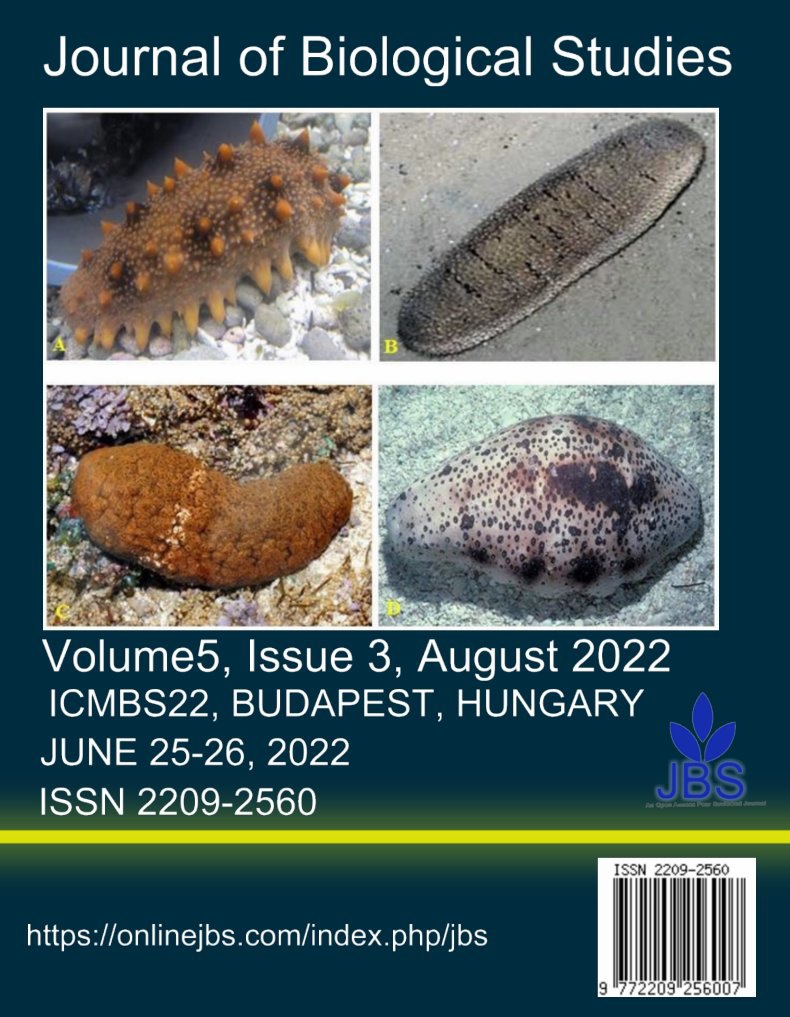16S rRNA genes developed a baseline of the microbial community associated with soil, water, fish and shellfishes in the sundarbans of Bangladesh
Main Article Content
Abstract
The microbial environment of the Sundarbans mangrove forest contains sediments and water usually more diverse than the other aquatic environment, and pathogenic for finfish and shellfishes will be revealed by phylogenetic tree analysis of the positive controls PCR product. Approximately, 21 samples of the soil, 21 samples of water, 21 samples of fish, and shellfishes are dominated by typical mangrove habitats surrounded by Sathkhira, Khulna, and Bagherhat have been covered. The bio-physiochemical test was carried out after isolation and culture of the microorganisms from soil, water, fish & shellfishes. Initially, the bio-physiochemical and molecular survey tools were used to finally screen 63 samples, which were used for the genomic DNA extraction, and the accurate quantitative and qualitative estimation of the extracted DNA was confirmed by Nano-drop. Finally, 12 samples were confirmed using Nano-drop calibration for PCR amplification and UV-translumination. The allelic and loci variation, genetic diversity, heterozygosity, PIC, genetic distance, and similarity within the genotypes (samples) were examined. This research technique is a rapid and effective tool for diversity assessment; this result might be helpful to the development of a genetic baseline of the pathogenic bacterial and viral community in the Sundarbans of Bangladesh to control the diseases of fish and shellfishes in mangrove regions.
Article Details

This work is licensed under a Creative Commons Attribution 4.0 International License.
